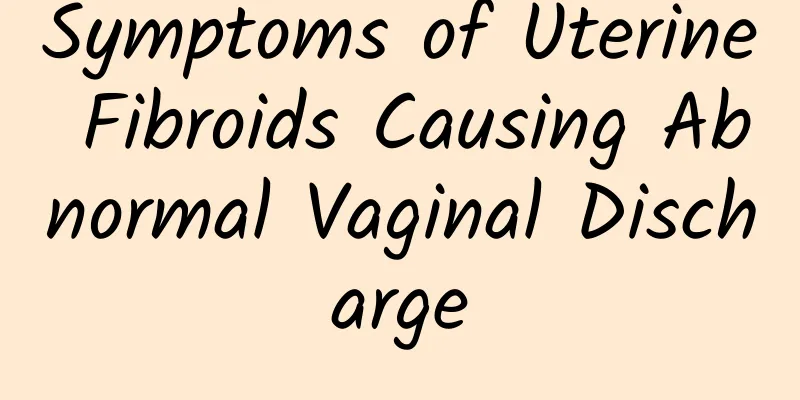Three possible outcomes of ectopic pregnancy occurring in the fallopian tube

|
Ectopic pregnancy often occurs in the fallopian tube, because the lumen of the fallopian tube is narrow, the wall is thin, and the submucosal tissue and muscle layer are adapted to the growth and development of the fetus. When the fallopian tube pregnancy develops to a certain extent, the following outcomes may occur: abortion In the case of tubal ampulla pregnancy, abortion usually occurs between 8 and 12 weeks of pregnancy. If the entire embryonic sac is completely detached from the tubal mucosa and discharged into the abdominal cavity through retrograde peristalsis of the tubal, it is a complete tubal pregnancy abortion, bleeding will not be too much, and abdominal pain will be relieved after the abortion occurs; if the embryonic sac is not completely detached and part of it is still attached to the tubal wall, it is an incomplete tubal abortion, and the trophoblast cells continue to grow and erode the tubal wall, resulting in repeated bleeding, forming tubal hematoma or hematoma around it, and bleeding accumulates in the uterine rectal pouch, and even stays in the abdominal cavity. Ruptured pregnancy The fertilized egg implants between the folds of the fallopian tube mucosa. As the blastocyst grows and develops, the villi erode the muscular layer and serosa toward the tube wall, and finally penetrate the serosa, resulting in a ruptured tubal pregnancy. The muscular layer of the fallopian tube is rich in blood supply, and rupture causes rapid and massive bleeding, forming a hematoma in the pelvic or abdominal cavity. If not treated in time, shock may occur. Secondary ectopic pregnancy In the case of tubal pregnancy or rupture, the embryonic sac is discharged from the fallopian tube into the abdominal cavity or broad ligament. Most of them will die, but occasionally the embryonic sac will survive and the villous tissue will attach to the original position or be re-implanted after being discharged into the abdominal cavity to obtain nutrition. The embryo continues to develop and forms a secondary abdominal pregnancy. If the rupture is in the broad ligament, it can develop into a broad ligament pregnancy. |
<<: TCM Syndrome Differentiation and Classification of Irregular Menstruation
>>: Traditional Chinese medicine treatment of bleeding after abortion
Recommend
The causes of dysmenorrhea in women are characterized by progressive aggravation
Dysmenorrhea is a very common female disease. Dur...
Can someone with an ovarian cyst get pregnant?
It is possible for people with ovarian cysts to b...
Find out before losing weight! 4 major body types, each with its own unique tricks
"Losing weight" has always been a hot t...
What should you pay attention to after abortion?
Precautions after abortion include many aspects, ...
Can a gum cyst cause an ovarian cyst?
Can a gum cyst cause an ovarian cyst? Gingival cy...
Experts explain the main examination methods for severe cervical erosion
Timely examination of severe cervical erosion is ...
What are the manifestations of true cervical erosion?
Cervical erosion can be divided into pseudo-erosi...
Refuse to be an ice beauty! Carefully select the source of Siwu Angelica
Refuse to be an ice beauty! Carefully select the ...
What are the symptoms of diffuse adenomyosis?
What are the symptoms of diffuse adenomyosis? Man...
How to prevent uterine contractions and dysmenorrhea?
Dysmenorrhea is a kind of pain that many women ex...
What are the obvious symptoms of uterine fibroids?
Do you know about uterine fibroids? What symptoms...
What are the nursing methods for endometrial tuberculosis
In daily life, we should understand the occurrenc...
What dietary taboos should be paid attention to after suffering from uterine fibroids
After women suffer from uterine fibroids, in addi...
What are the treatments for pelvic inflammatory disease?
What are the nursing methods for pelvic inflammat...
Why is the menstrual period light and dark? 4 factors are the most important
Women's menstruation has important significan...









